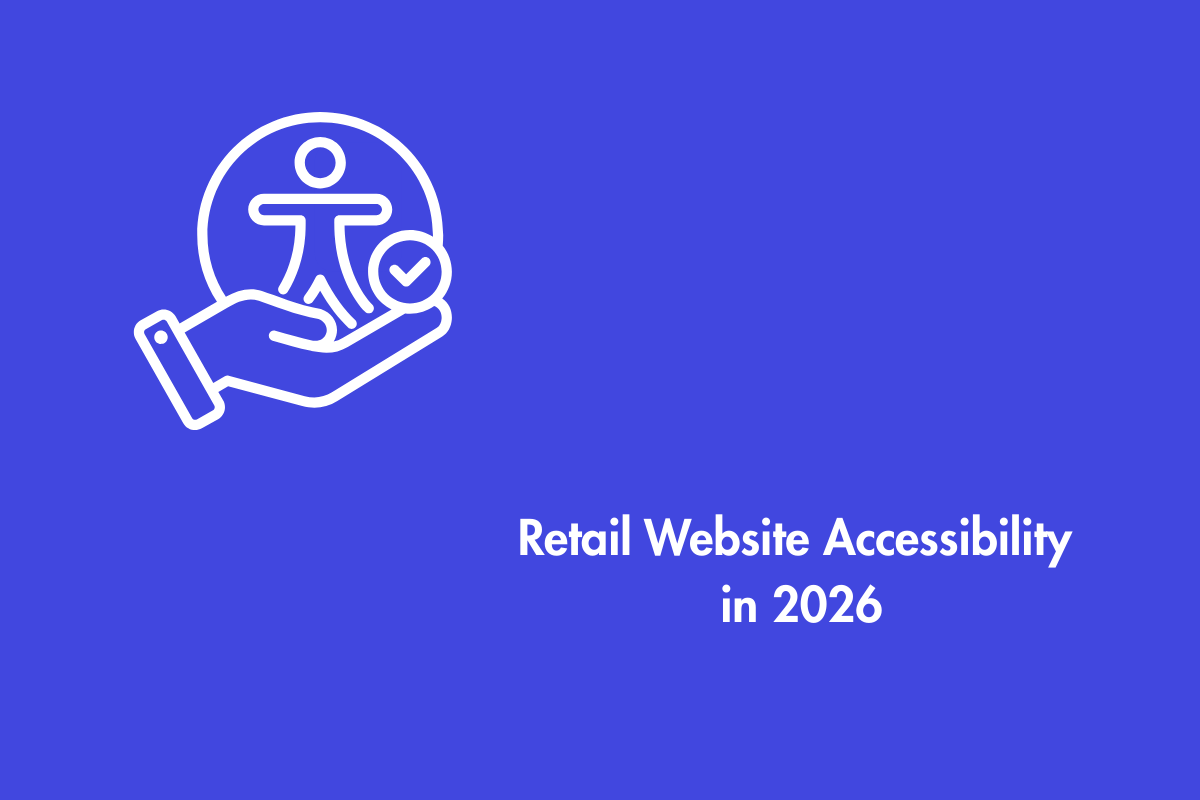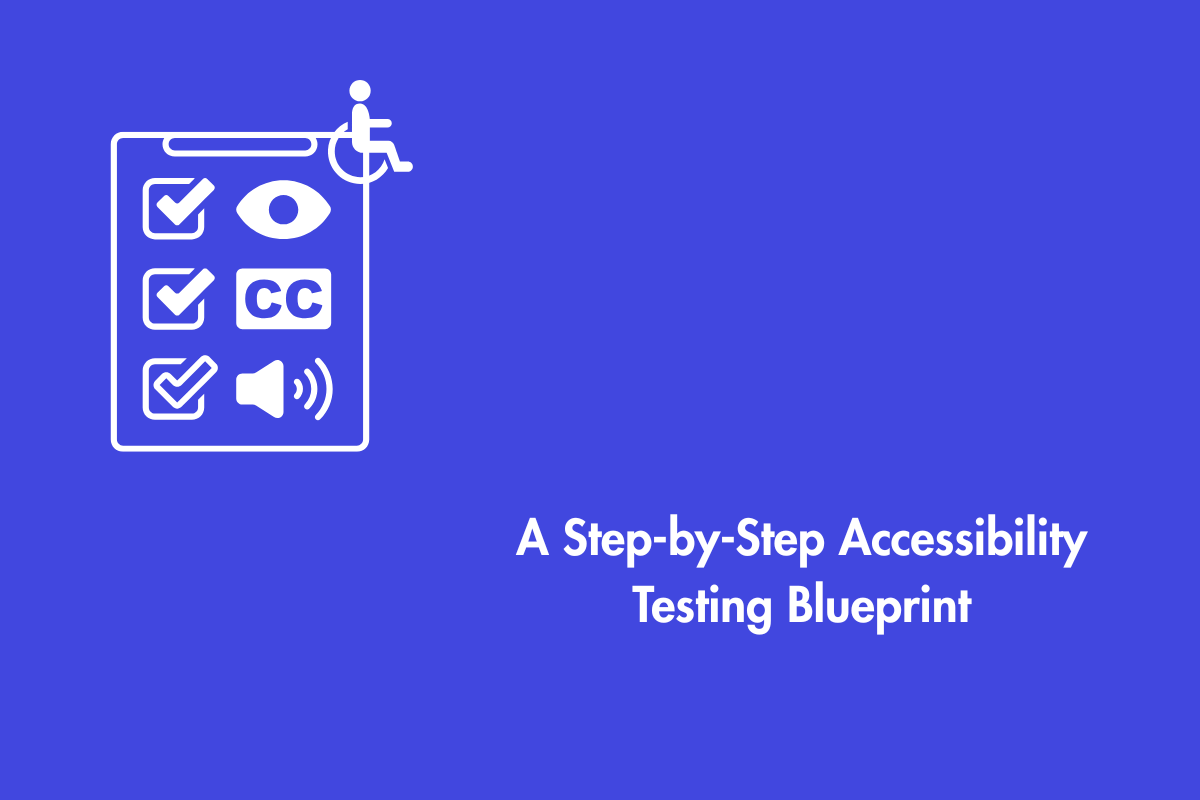Accessibility is often associated with disabilities like visual impairment, hearing loss, or mobility limitations that are permanent in nature. However, it’s crucial to recognize another equally important form of disability: situational disability.
Situational disability refers to a temporary impairment in a person’s ability to interact with technology due to their situation, context, or environment. For instance, someone might struggle to read a screen under bright sunlight, type on a keyboard with a broken arm, or hear a phone call in a noisy crowd. Regardless of age or health, situational disabilities can affect anyone at any time.
We’ll look at a variety of situational disabilities, how they affect user experience and performance, and ways to make them more accessible in this article. Additionally, we’ll delve into the role of technology in supporting situational disabilities and discuss ways to raise awareness and sensitivity among designers, developers, and users.
Table of Contents
Common Types of Situational Disabilities
Situational disabilities can be divided into four types:
- sensory,
- motor,
- cognitive,
- environmental
Sensory situational disabilities make it difficult to perceive information through sight, sound, touch, smell, or taste. Examples include glare, low contrast, background noise, vibration, or odor.
Motor situational disabilities affect the ability to manipulate or control devices or interfaces using movement or gestures. Examples include one-handed use, broken limbs, gloves, or fatigue.
Cognitive situational disabilities impede the ability to process or understand information due to memory, attention, language, or reasoning challenges. Examples include stress, distraction, multitasking, or unfamiliarity.
Environmental situational disabilities create barriers to accessing or using devices or interfaces due to external factors like location, time, weather, or social norms. Examples include darkness, rain, cold, heat, or privacy.
These situational disabilities often overlap and can coexist. For instance, while driving, a person may experience sensory (noise), motor (one-handed), cognitive (distraction), and environmental (speed) situational disabilities simultaneously.
Impact of Situational Disabilities on Individuals
Situational disabilities significantly impact the user experience and performance of technology users. They can reduce the usability, effectiveness, efficiency, satisfaction, and safety of interacting with devices or interfaces. Additionally, they can increase frustration, errors, cognitive load, and mental effort for users.
For instance:

Reading an email on a phone under bright sunlight may pose challenges due to low contrast and glare, hindering effectiveness (missing important information) and causing dissatisfaction (feeling annoyed).
Typing a message on a laptop with a broken arm may be difficult due to limited mobility and pain, reducing efficiency (typing speed) and posing safety risks (further injury).
These examples demonstrate how situational disabilities can impair the user experience and performance of technology users in various ways. Nevertheless, it is essential to take these disabilities into account when designing, developing, testing, and evaluating technology products and services.
Strategies for Enhancing Accessibility for Situational Disabilities
It is essential to include people with disabilities in the design, development, and evaluation processes in order to make technology products and services more accessible to people with situational disabilities. This can be done in a variety of ways, including:
User research:
Distinguishing the requirements, inclinations, and difficulties of users in various circumstances and settings.
User testing:
Evaluating the usability, accessibility, and satisfaction of users with different situational impairments.
User feedback:
Improving the design, development, and maintenance of technology products and services by incorporating user feedback, experiences, and expectations.
Design for all users:
Applying all-inclusive design standards to make innovative products and services usable by users worldwide, no matter what their abilities or situations. Principles like equitable use, flexibility, simplicity, perceptible information, tolerance for error, low physical effort, and suitable size and space contribute to making technology accessible to everyone.
Versatile design:
Developing technology products and services that are able to respond to the requirements, preferences, and situations of users by making use of adaptive design methods. Users are provided with options, choices, recommendations, or suggestions based on their abilities or situations by means of techniques like personalization, customization, adaptation, or optimization.
These strategies can be employed individually or combined to enhance accessibility for situational disabilities. They not only benefit individuals with situational disabilities but also provide more options, flexibility, and convenience for users without such disabilities.
How to Increase Awareness and Sensitivity for Situational Disabilities
One of the key challenges in addressing situational disabilities is raising awareness and sensitivity among designers, developers, and users. Many individuals might know nothing about the presence or prevalence of situational disabilities and their effect on the user experience and performance. There may also be a lack of respect or empathy for users with situational disabilities and their particular preferences and needs.
To tackle this, it’s important to create awareness and sensitivity among designers, developers, and users regarding situational disabilities and how to enhance accessibility for them. Here are a few approaches:
1. Education:
Providing education and training to increase the knowledge and skills of designers, developers, and users concerning situational disabilities and accessibility. Workshops, webinars, courses, and certifications can help convey the concepts, principles, techniques, and tools of accessibility for situational disabilities.
2. Simulation:
Employing simulation and emulation to create experiential empathy among designers, developers, and users regarding situational disabilities and their impact on the user experience and performance. Goggles, gloves, earplugs, and software can simulate the effects of situational impairments on vision, hearing, touch, or cognition.
3. Involvement:
Engaging users with situational disabilities throughout the design process to ensure relevance and validity in developing technology products and services for their needs. Methods like co-design, participatory design, or user-centered design foster collaboration with users having situational disabilities, incorporating their feedback, input, or output into the design solutions.
4. Advocacy:
Promoting advocacy and activism to raise awareness and sensitivity among designers, developers, and users regarding situational disabilities and accessibility. Situational disabilities and their impact on technology users and society can be communicated through campaigns, events, and social media.
These strategies promote inclusivity, diversity, and equity within the technology industry and society by fostering awareness and sensitivity among designers, developers, and users.
Final Thoughts
Situational disabilities refer to temporary impairments caused by situations, contexts, or environments affecting technology interaction. They can diminish the user experience and performance of technology users. Enhancing accessibility for situational disabilities involves employing strategies and solutions to identify, evaluate, improve, and support the needs and preferences of users.
However, a critical challenge lies in creating awareness and sensitivity among designers, developers, and users regarding situational disabilities and accessibility. By doing so, we can develop technology products and services usable by all individuals, fostering a more inclusive and equitable society.



